Exercise: Writing into music
The purpose of this exercise is to generate raw material which can later be used in creative writing, using traditional music as a source of inspiration.

The purpose of this exercise is to generate raw material which can later be used in creative writing, using traditional music as a source of inspiration.

The purpose of this exercise is to involve participants in a shared process more deeply, using art to design a project timeline.

Exercise example on using old photos as the starting point of a dialogue between the participants

Photo exercise about using photo pairing as a way to discuss the past and the present and make connections between the two.

How many kinds of intangible cultural heritage influence people's everyday lives?

An exercise to explore a moment in time where tradition was present.

Find out something new about a tradition by changing the perspective. An object talks about human activity.

Description of one sample exercise used in the Irish pilot, including step by step instructions provided by the art educator. Exercise: organising and carrying out a field trip to a local historical monument.

A sample exercise used in the Irish pilot study, including step-by-step instructions provided by the art educator. Exercise: learning a piece of traditional music by ear.

A sample exercise used in the Irish pilot study, including step-by-step instructions provided by the art educator. This exercise could be used in other minority language contexts, where there is a real or perceived language barrier to engaging with the intangible cultural heritage form.

A selection of exercises that can be applied to secondary school classes in history, geography, sociology, or other subjects.

Each heritage item preserves symbols which reflect feelings, thoughts and popular beliefs. Knowing these symbols and their meanings is part of the work of folk artists who succeed in passing them on to new generations. The methodology of this exercise can be adapted to any cultural context.

This working approach can be adapted to any context where the aim is to learn the craft techniques for making a heritage object based on art. In this case, painting is the field of artistic expression.

This exercise trains investigation skills and puts theoretical notions into practice by analysing and observing heritage objects in museum settings.

Study visits to heritage sites, museums and archaeological sites aim to develop specific skills, behaviours and attitudes to understand the importance of heritage education. See this example from Romania and adapt it to your heritage area.

Heritage is not an exclusively artistic field. This exercise is a case study where heritage is a field of economic activity. The exercise can be used in economics and career guidance classes.

The exercise can be applied to adult education as well as to students. The aim of this exercise is to learn the basic values of heritage and what is meant by authenticity and uniqueness in a heritage context.
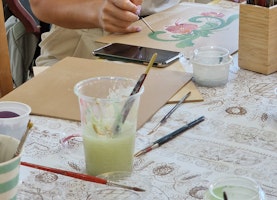
One of the basic criteria that an artefact or a tradition must meet in order to qualify as heritage is age. This practical exercise helps students to understand this principle, to critically analyse a given item and to make value judgements. It can be adapted to any context that aims at heritage education.

This exercise is used to learn about ancestral symbols used in different cultures. This exercise can be used in English classes, intercultural education, or Art History.

This exercise helps recognize the oral traditions of a region through learning stories and words that older generations use.
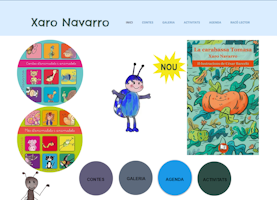
The purpose of this exercise is to recognize the oral tradition that has been maintained by people in times when it was forbidden to study the Valencian language and even discouraged from speaking it, all through ceramics.
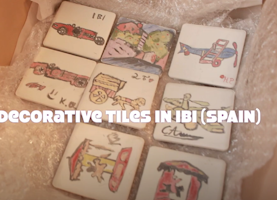
The practical activity of learning a traditional craft can lead to a rich understanding of the intangible heritage that surrounds it. Here, the example is a very typical Spanish piece of pottery: the “botijo” (earthenware pitcher).

Digital tools play an important role in safeguarding, promoting and preserving heritage. This exercise is aimed at both students and teachers of computer science in schools as well as university students of mathematics and informatics. Such an exercise can be accessed in any context and put to use according to one's creativity.
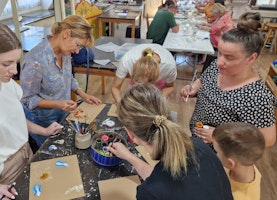
Digital tools play an important role in safeguarding, promoting and preserving heritage. Technology has given us what we now call the third category of heritage — digital heritage. Such digital heritage can be accessed in any context and put to use according to one's creativity.
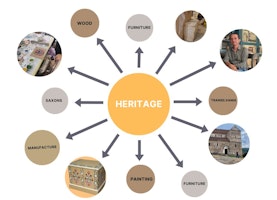
Heritage education can also be included in mathematics lessons. Although it seems surprising, there is compatibility between the two areas. This exercise can be used in lessons of Fun Maths or Applied Maths.
